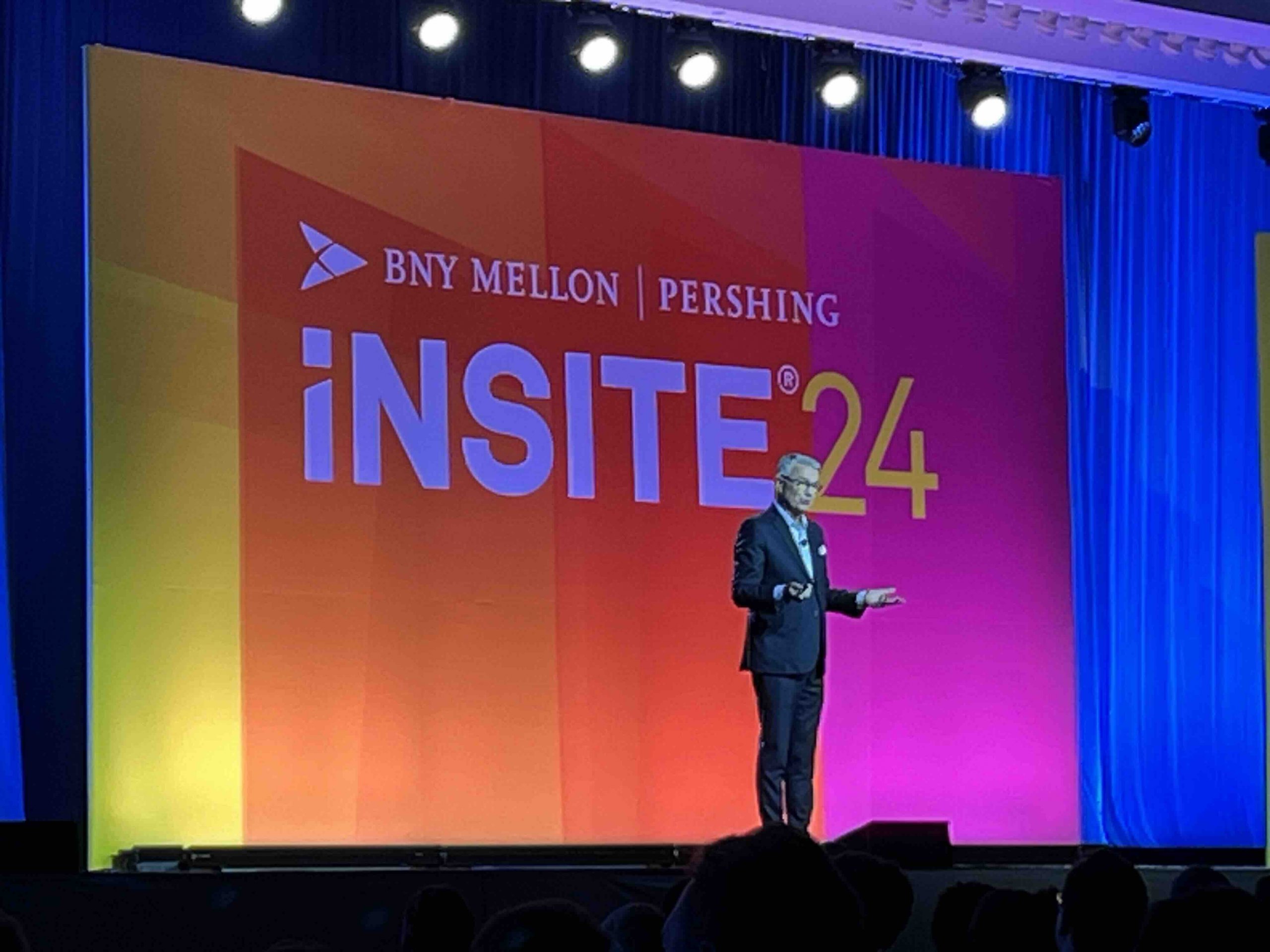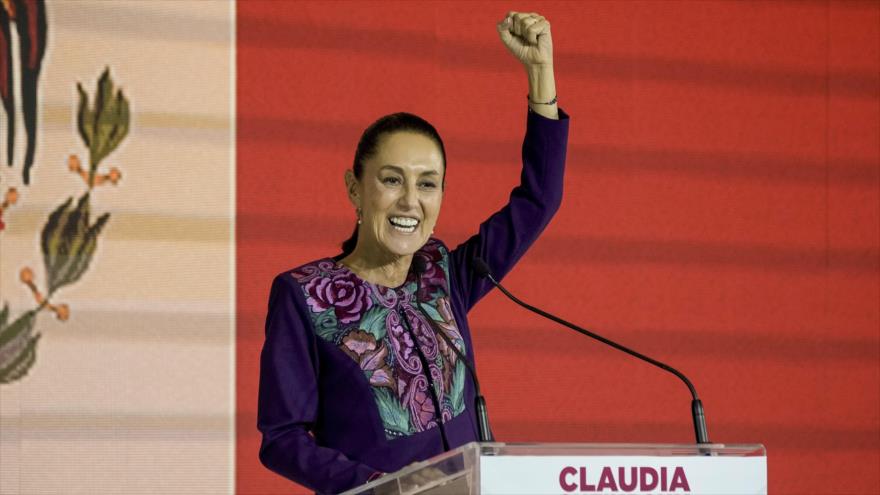
The pandemic-induced disruption of supply chains completely restructured the distribution of global trade and forced hundreds of American corporations to withdraw their operations from Asia and move them to Latin America, generating a boom in nearshoring.
While Mexico stands out and other nations such as Costa Rica, Guatemala and the Dominican Republic are emerging, the Inter-American Development Bank (IDB) says other countries, including Panama, Brazil, Peru, Uruguay, Colombia, Paraguay, Argentina and Chile, could reap an additional $29 billion annually in exports derived from nearshoring.
These investments are also significantly boosting local commercial real estate markets, offering interesting options for capital deployment with attractive risk-adjusted returns.
Varun Gupta, a professor of logistics and business analytics at the University of North Georgia (UNG), anticipates a continental transformation. “Nearshoring will likely have ripple effects, such as increased reliance of the U.S. and Canada on Latin America and influence on regulations and treaties with these countries to secure supply chains,” Gupta commented.
According to a Forbes report, nearshoring is expected to create four million jobs in Mexico by 2030, with foreign direct investment of up to $50 billion annually, increasing GDP by up to 2.5% in the next six years. In total, this trend could add $78 billion in additional exports of goods and services in Latin America and the Caribbean.
This global shift in production distribution is a wakeup call for real estate developers. Demand for industrial space in Mexico doubled in 2022 compared to 2019. Meor predicts demand for almost 13 million square meters of industrial space over the next five years. Just in Guadalajara, industrial space increased by 50% in the first quarter of 2024.
To capitalize on these opportunities, it is essential to have a thorough understanding of the markets and establish local partnerships that can offer insight into the unique aspects of each country’s real estate segment. Strategic entry into these markets requires understanding local laws, economic environment and the ability to mitigate the risk associated with political fluctuations.
How can we capitalize on this opportunity and join the trend while minimizing the risks of investing in different countries?
From my experience managing more than $550 million in real estate investments for international funds which, with exhaustive due diligence processes, have proven successful returns, I have witnessed first-hand the transformative impact that strategic real estate investments can have in Latin America.
Those of us who have a comprehensive understanding of these dynamics and with established networks throughout the region are well positioned to generate investment strategies aligned with current economic trends. The opportunity to be part of this economic change is at an inflection point, which makes very important to have a thoughtful commitment to the diverse opportunities that the region offers.
As we consider the future of investment in Latin America, we must emphasize the strategic relevance of local partnerships and expert know-how. Both governments and the private sector face great challenges to generate the appropriate infrastructure and policies in different countries to enable investors to maximize the benefits of nearshoring.
Investing in real estate in LatAm requires a nuanced understanding of local markets and different macroeconomic factors. Establishing regional strategies with an individualized approach per country is a key success factor for any investor who wants to establish a presence in these booming economies through nearshoring.
Key principles to consider include:
Diversification: Although Mexico offers stability and proximity advantages, diversifying investments in different LatAm countries mitigates geopolitical and economic risks.
Adequate Infrastructure: Regions with established or improving infrastructure, particularly in transportation and public services, will be more attractive as they reduce operating costs for companies setting up.
Leveraging technology and focusing on sustainability: Investing in properties that incorporate technology and sustainable practices is not only a social demand, but also a regulatory requirement. These features significantly increase the value of the assets.
Interaction with local entities: Successful investment in the real estate sector requires aligning with governments, companies and communities. Understanding and navigating local laws and cultural norms is essential to the flow of the operations and its long-term sustainability.
Monitoring economic indicators: Monitoring indicators such as GDP growth rates, employment levels, and foreign direct investment flows, provides information on potential real estate demand and economic stability in the region.
Exchange rate: For international investors, currency fluctuation represents a significant challenge. Among the countries that already have a dollarized market are Mexico, Costa Rica, Panama and Peru.
Forging a new global production center
In the first five months of 2023, investments related to business relocation to Mexico exceeded the total recorded in 2022 by 38%. Some speculate that “Made in Mexico” will soon be the new “Made in China,” as data shows the Latin American country is, for the first time in 20 years, the United States’ top source of global imports. According to research published by construction company QUIMA, across industries, 57% of US and EU-based companies consider nearshoring as an essential element of their supply chain strategy.
Mexico has positioned itself as a cornerstone for companies seeking to mitigate the risks associated with long supply chains in Asia. It is the only developing country that has free trade agreements with the US, Canada, the European Union and Japan, and is geographically and politically in a unique location, which gives it enormous potential to be an intermediary partner between the main economies of the world.
The country is also enormously attractive from a labor perspective: 42% of the population (about 49 million workers) is between 20 and 49 years old; and the average hourly wage is $5 compared to $6 in China.
Gregorio Schneider, Founder and Managing Partner of TC Latin America Partners, highlights the importance of Mexico in the future of global production: “A light has been shining in Mexico due to the activity related to nearshoring, which has been driven by trade tensions between China and the US and the ratification of the Agreement between Mexico, the United States and Canada (USMCA). These events have created a unique scenario that I have not seen before in my professional career.”
This influx is accelerating growth in established industrial centers such as Tijuana, Monterrey, and Queretaro, and also catalyzing the development of new logistics centers along the US-Mexico border. Major global players in the automotive industry such as BMW, Audi and BYD have already committed to establishing new facilities in the country, which will create a unique opportunity for manufacturers and suppliers of the industry. As a result, top AAA industrial and logistics properties in these areas are experiencing significant rent increases and high occupancy rates, often exceeding 95%. Rental rates for state-of-the-art facilities can reach up to $10 per square foot annually, a rent previously unimaginable.
In conclusion, growth due to this transformation is a reality and a great opportunity that, with the appropriate strategy, can generate investments with great profitability and sustainability over time. The gateway for nearshoring to Latin America has been Mexico, but there is great potential for generating business in other Latin American countries as well.










